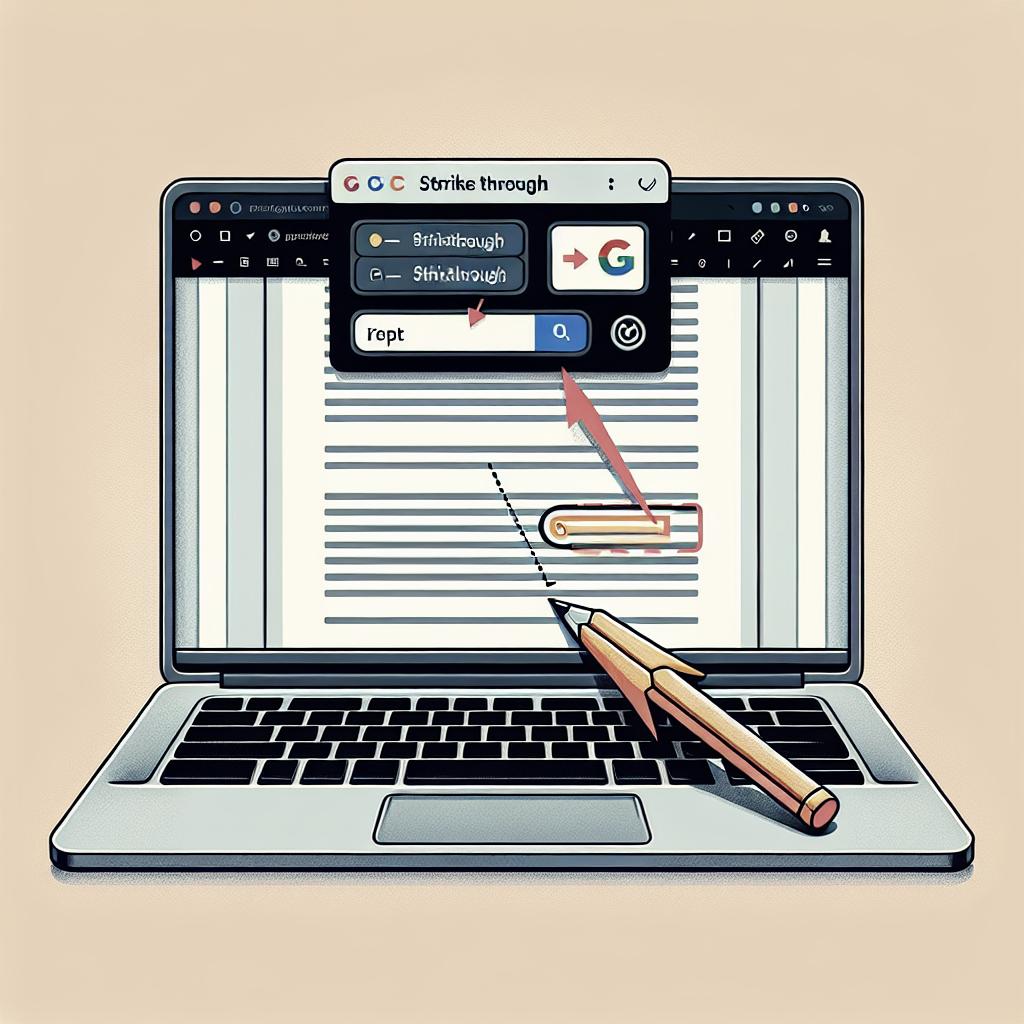html
How to Delete a Page in Word
Navigating through Microsoft Word sometimes leads to frustration, especially when unexpected blank pages appear in your document. Deleting these pages isn’t always as simple as pressing backspace or delete. In this comprehensive blog post, we’ll explore different scenarios and techniques to effectively remove these unwanted pages. From understanding how to delete extra blank pages without altering your document’s structure to addressing issues caused by section breaks and odd or even pages, we’ve got it covered. These solutions ensure your documents always look polished and professional, enhancing your productivity and editing efficiency.
How to Delete an Extra Blank Page in a Word Document
Extra blank pages often appear at the end of Word documents, which can be frustrating, especially when printing. The solution starts with checking paragraph marks by clicking the “Show/Hide ¶” button on the Home tab. This reveals hidden formatting marks that might be causing the blank page issue, such as unnecessary paragraph markers or page breaks. Once identified, selecting and deleting these elements can quickly resolve the problem.
If the blank page persists, examine any section breaks in the document. These breaks can be continuous, next page, or even page-based and might inadvertently push content onto a new page. By adjusting or deleting these section breaks, you can often remove an unwanted page. Remember to use the navigation pane to easily locate and manage these breaks throughout your document.
Convert to PDF
Converting your Word document to a PDF format can be an effective way to identify issues causing blank pages. The PDF conversion process tends to highlight hidden formatting that Word might ignore. This discrepancy often provides critical insight, allowing you to pinpoint sections in the original Word document that need correction.
After converting the document to PDF, open it with a viewer like Adobe Reader to inspect the page flow. Spotting where the extra page appears can help you trace back to possible format errors in the Word document. Be aware that while the PDF method is useful for spotting issues, any corrections must be made in the original Word file before re-converting.
Section break problems
Section breaks in Word can be a double-edged sword. They are essential for distinct formatting in part of a document, yet often lead to additional blank pages. Correcting this involves a careful review of how section breaks are implemented. By switching to “Draft” view under the View tab, you can see each section break clearly as a dotted line, thus making it easier to identify unnecessary breaks.
To delete a problematic section break, place your cursor directly before it and press the delete key. It’s important to note that the deletion of section breaks can affect page formatting (such as headers and footers), so ensure you’re comfortable reapplying any desired formatting afterwards.
Odd, Even, and Next cause blank pages
Odd, Even, and Next Page section break settings can inadvertently create blank pages. This happens when the document settings force a new section to always start on an odd or even page number, possibly leading to a blank page in between. Checking the break type is essential when frequently editing multipart documents or those with complex formatting.
Navigate to the Layout or Page Layout tab and click on the Breaks dropdown menu. Here you can view the types of breaks used. Changing Odd Page to Continuous, for instance, can quickly fix unexpected blank pages caused by such settings. This clean-up help maintains the logical flow of content across your document pages.
How to Delete a Blank Page in the Middle of a Word Document
Blank pages that appear in the middle of a document require a different approach. First, use the navigation pane to easily scroll through the document and detect where the blank page is located. Often, these blank pages appear due to excessive paragraph breaks or accidental page break insertion. For paragraph breaks, simply highlight the unnecessary markers and remove them.
In cases where a page break is suspected, use the “Show/Hide ¶” button to uncover hidden formats, then select the break and press delete. Also, check for any table or object that might be broken onto a new page due to its size or wrapping settings. Adjusting these objects can help move text and remove a troublesome blank page.
Final thoughts
Eliminating unexpected blank pages in Microsoft Word ensures your documents remain professional and concise. The challenges of dealing with formatting errors, section breaks, and print layout settings can be efficiently tackled with the right techniques. This article provided a range of solutions tailored to different scenarios, empowering you to manage document appearance with ease.
| Section | Summary |
|---|---|
| Deleting Extra Blank Page | Check paragraph markers, page breaks, and section breaks to remove unwanted pages. |
| Convert to PDF | Use PDF conversion to spot formatting issues causing blank pages; resolve them in Word. |
| Section Break Issues | Identify unnecessary section breaks; see them in Draft view and delete with caution. |
| Odd/Even and Next Page Breaks | Assess break settings to ensure they don’t force blank pages between sections. |
| Removing Blank Pages in Middle | Use the navigation pane and “Show/Hide ¶” to fix issues from paragraph and page breaks. |


